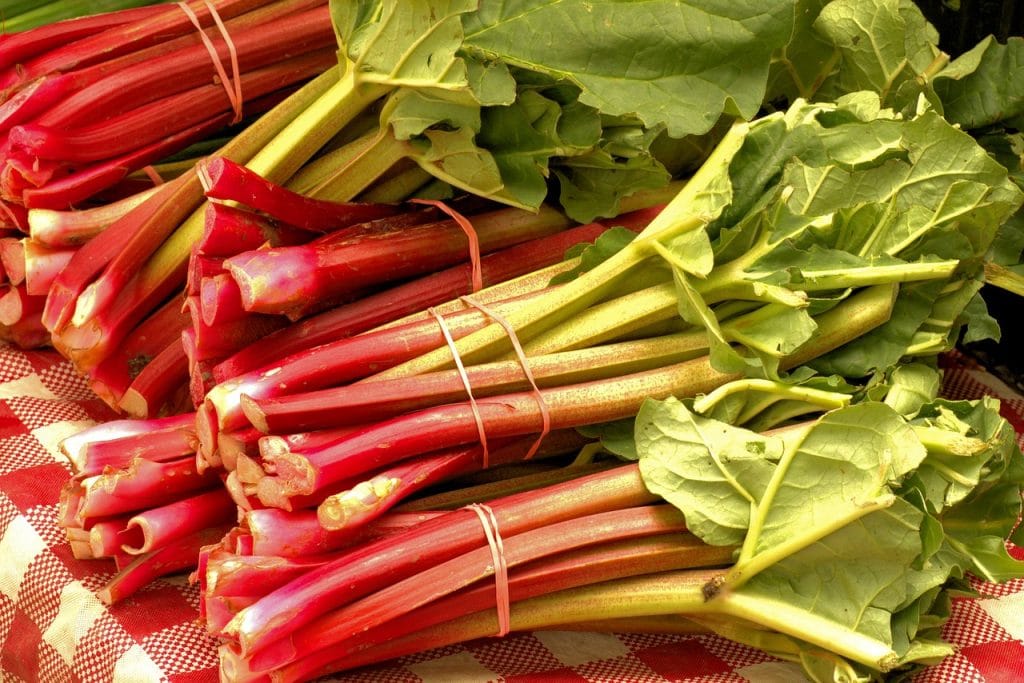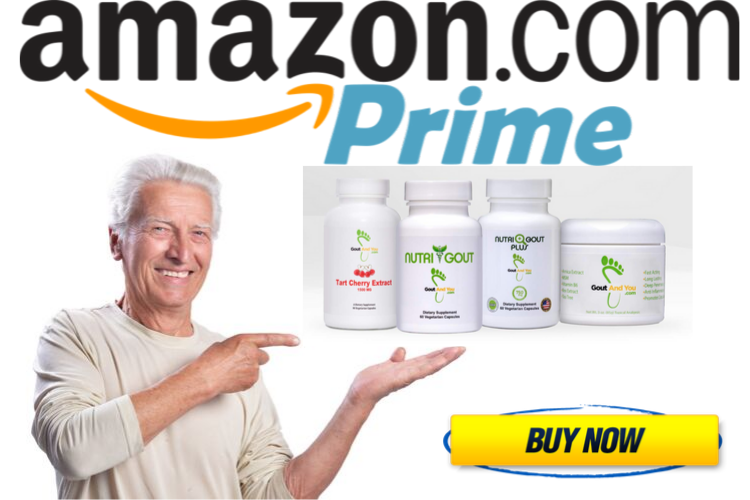
Oxalates and gout: Got gout and in the high risk group for calcium-oxalate kidney stones? Here’s why you need a low-oxalate, low-purine diet.
Oxalates and Gout
Oxalate in Foods
Oxalate is an organic compound found in many plant foods and is also produced as a waste product by the body.
As we eat these foods oxalate molecules pass through the digestive system where some of them bind together with calcium molecules to form tiny crystal-like structures.
When this happens in the kidneys these calcium-oxalate ‘pairs’ can repeatedly bind with other calcium-oxalate pairs to form a much bigger, more solid mass: a kidney stone. Nearly 80% of kidney stones are formed this way.
Different foods have different concentrations of oxalate, but some have such high concentrations that people with an inherent risk of kidney stones are advised by their healthcare practitioners to avoid them completely.
The Mayo Clinic lists the following high risk factors for kidney stones:
- Family or personal history of kidney stones.
- Being obese, high BMI, and weight gain.
- Digestive diseases and surgery, such as inflammatory bowel disease and gastric bypass surgery.
- Other medical conditions, such as renal tubular acidosis and urinary tract infections.
- Some medications, like diuretics or water pills.
So people in that high risk group will normally remove high-oxalate foods from their diet.
For example, these foods have among the highest oxalate content, according to WebMD:
- Spinach
- Rhubarb
- Almonds and cashews
- Miso soup
- Grits
- Baked potatoes with skin
- Beets
- Cocoa powder
- Okra
- Bran cereals and shredded wheat cereals
- French fries
- Raspberries
- Stevia sweeteners
- Sweet potatoes
Other high oxalate foods are things such as: nut butters, nuts like cashews and peanuts, almonds, tofu, Swiss chard, legumes, oranges, cranberries, gooseberries, soy beans, soy milk, and more.
[It’s worth noting that published food tables can be inconsistent when rating individual foods, with some showing up as high in several tables but only moderately high in others, even low in some.]
But what has oxalate got to do with gout?
High Oxalate Foods and Gout
Gout is a very painful form of inflammatory arthritis caused by abnormally high levels of serum uric acid. Over time, monosodium urate crystals can precipitate out of the uric acid and settle in the joints and connective tissue. It’s the body’s own inflammatory response to these tiny, needle-like crystals that causes the exceedingly painful symptoms of a gout flare-up.
Uric acid is a natural byproduct of purine metabolism, which purines exist in all of our bodies’ cells and in the cells of the food we eat. Around 30% of the uric acid produced comes from purines in food, so gout patients are usually advised to change to a low-purine diet in order to help lower and maintain their uric acid at healthy levels.
Such a low-purine diet completely avoids all high-purine foods but allows limited amounts of moderately-high purine foods. Low-purine foods are safe to eat.
But many high-purine foods are also high in protein, such as in meat and seafood. So a low-purine gout diet has somewhat less meat and seafood but more plant-based foods and dairy.
And this is where oxalate and gout collide…
Gout patients on a low-purine diet have to ensure they still get all their nutritional needs…
- protein
- complex carbohydrates
- essential fatty acids
- fiber
- vitamins
- minerals
- antioxidants
…whilst eating less animal-based foods and more plant-based foods and dairy.
And this can certainly be achieved in a well-balanced, low-purine gout diet.
But what if you have gout and are in the high risk group for oxalate kidney stones as well?
This can be a challenge for gout patients who already have to get so much of their nutrition from plant-based foods, many of which are high in oxalates.
High-oxalate foods contain important antioxidants, fiber, vitamins, minerals, and many other nutrients. So if you have to avoid them, because you’re in that high risk group, you could miss out on their important health benefits.
The way round this is to replace those high-oxalate foods with low-oxalate, low-purine foods having similar nutritional profiles.
So even without high-oxalate foods, as a gout sufferer in that high risk group, there’s still a wide selection of low-oxalate, low-purine vegetables, fruit and dairy that can provide all the nutrients you need.
For example:
Vegetables
Low-oxalate, low-purine veggies are things like artichokes, kale, broccoli, Brussels sprouts, cabbage, lettuce, corn, onions, bell peppers. Cauliflower, although low in oxalate, has moderate amounts of purines, so has to be consumed in moderation.
Fruit
There are still many fruits you can eat that are low in oxalate: for example, apples, apricots, avocado, bananas, grapefruit, dark colored grapes, melons, nectarines, peaches, strawberries, and pineapples. And, of course, they are low in purines too.
Dairy
Low-fat dairy like milk, butter, yogurt, cheese, and eggs are low in purines and oxalate. The added benefit is that dairy produce is generally high in calcium. And there is some evidence that — counterintuitively — increasing dietary calcium can actually help to lower the risk of kidney stones.
[It’s believed that the more calcium there is available to bond with oxalates in the intestines and excreted through stools, the less oxalates there’ll be absorbed by the body and passed into the kidneys, thus reducing the risk of stones.]
So by adding as many as possible of these low-oxalate, low-purine foods into your gout diet, you can lower the risk of both gout and oxalate kidney stones.



